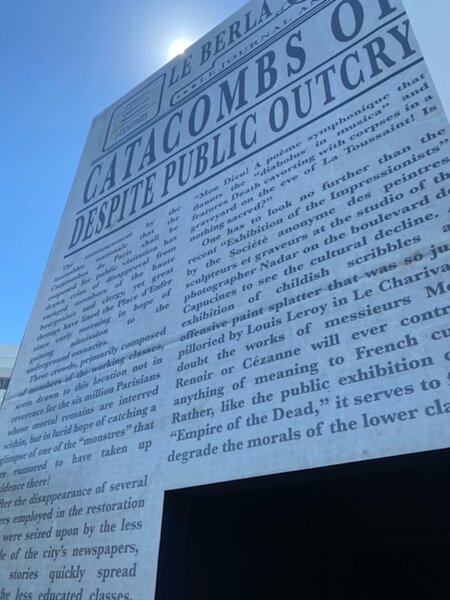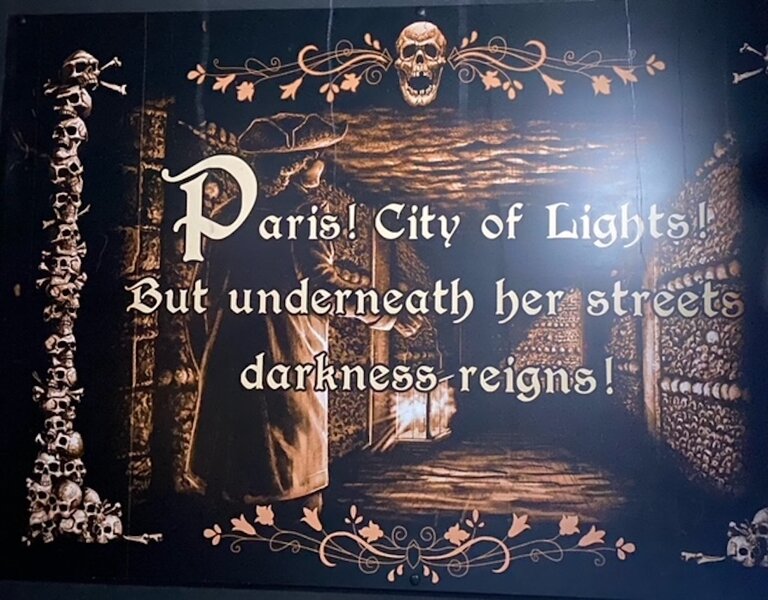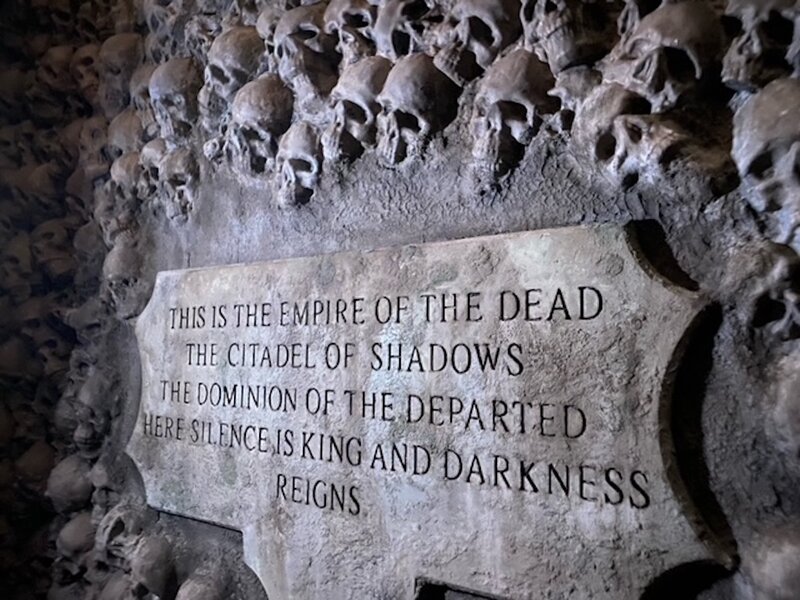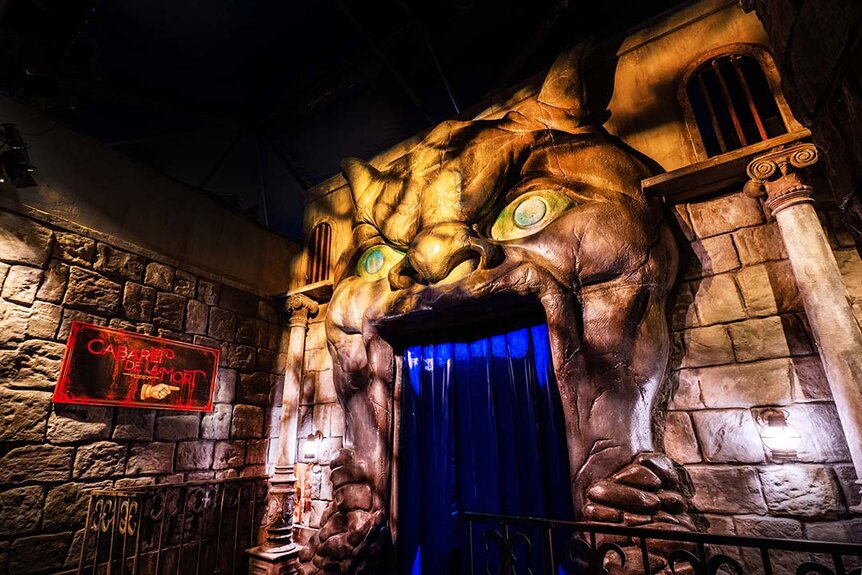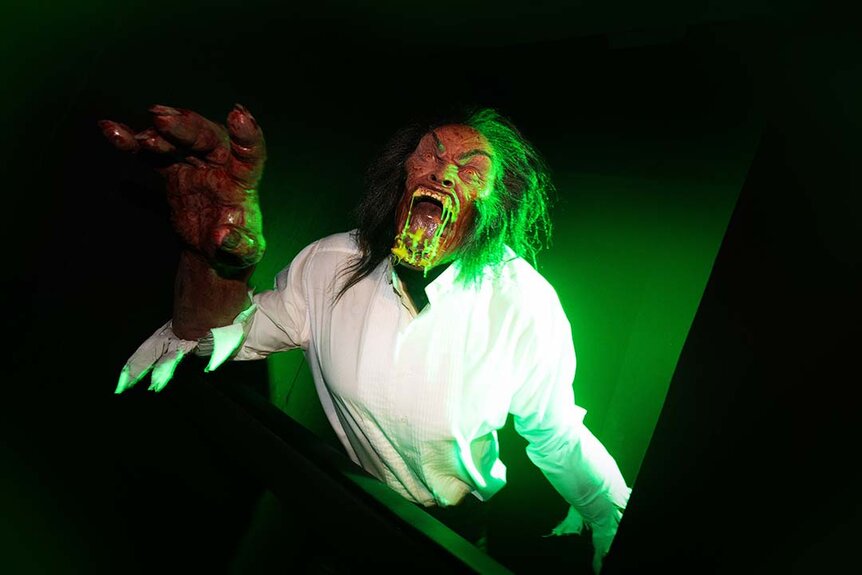Create a free profile to get unlimited access to exclusive videos, sweepstakes, and more!
Inside the Making of Universal Monsters: Unmasked at Halloween Horror Nights 2023
The story behind how the classic Universal Monsters get remixed in this year's Halloween Horror Nights haunted house.
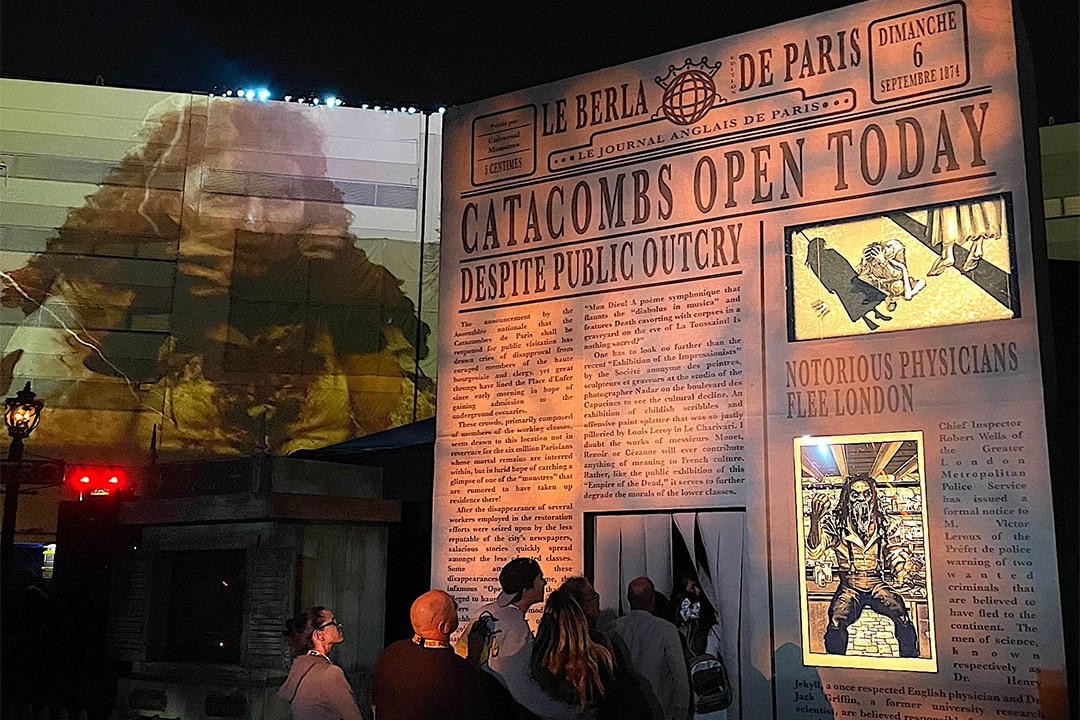
Every year, Halloween Horror Nights at Universal Parks honors a wide range of horror franchises, mythological lore and cultural takes on the monsters of the season. But there's one franchise in particular that continues to be near and dear to the horror-loving heart of John Murdy, lead creative of Universal Studios' Halloween Horror Nights. And that's the Universal Monsters. Back in the 1930s, these iconic creatures turned Universal Studios into a major Hollywood player, and to this day, they remain the inspiration for most every monster-based horror film that's been released since.
That kind of legacy demands respect and Murdy aims to honor that history with a series of Halloween Horror Nights haunted houses that have framed those characters in fresh ways. For 2023, Murdy and his creative collaborators have created the brand-new "Universal Monsters: Unmasked" experience at both Universal Studios Hollywood and Orlando. It's the fifth haunted house to use the classic monsters going back to 2018. Right before Halloween Horror Nights Hollywood opened on September 7, Murdy took SYFY WIRE for a walk through of "Universal Monsters: Unmasked" and schooled us on all the fascinating history behind the scares inside.
Silent Era Scares
Standing outside the "Universal Monsters: Unmasked," Murdy explained that he was passionate about creating a Universal Monsters house this year that went all the way back to their origins. "I was pushing really hard for the silent films for a very real reason," he said. "September 6 is the day before HHN opens and it will be the 100th anniversary of The Hunchback of Notre Dame movie, which came out September 6, 1923. In the world of the Universal Classic Monsters, that's the first one. Without that film, there would be no Universal Monsters."
Murdy went on to explain that in the early days of Universal Pictures, they produced many two reelers, which were usually 26-minute silent Westerns or comedies. "They didn't make big, expensive prestige pictures. It's just not what they did at that time," he said. The Hunchback of Notre Dame ended up being their first foray into producing a full scale production on the lot.
RELATED: Find out how Universal created the first Chucky-themed haunted house, Chucky: Ultimate Kill Count.
"They built all of the Parisian village from that film on the backlot," Murdy explained. "In fact, there's still remnants of it out there that you can see on the Studio Tour. They built it all from scratch. They built a Notre Dame Cathedral. And if you know Notre Dame, there are these huge Gothic doors. They built it up to that level, which was 25 to 30 feet [high]. And then they built a miniature of the rest of it. If you ever go back and look at that film, that's how they filmed that. It was all in camera."
Murdy said they also brought in 2,500 extras to make Paris look like a bustling city. "It was massive and it was a huge gamble," he explained. "If it would have failed, it could have ended the whole movie studio. It [cost] over a million dollars, which was a hell of a lot of money in 1923. Luckily, it was a big hit and became a classic. And that enabled the studio, a couple years later, to make The Phantom of the Opera. And then in the early '30s, Frankenstein, Dracula, The Mummy, etc... Those films basically built the studio."
A Different Side to the City of Lights
When the house concept was approved for Hollywood and Orlando, Murdy said he wanted to set the story in the Paris catacombs. Having been there himself, he attested to how creepy they were, yet also so rich in history that a backstory for the house wouldn't be hard to concoct. Going back to their origin story, Murdy said they were commissioned by King Louis in the 1700s. At one point, he declared that no one who died in Paris would be allowed to be buried within the city limits. Having come out of the Middle Ages and the Black Death, it was discovered in the most macabre ways that they had over buried people in the Parisian cemeteries inside the city limits.
"There's newspaper articles I read, where people were dining in a Parisian cafe and retaining walls broke open, and rotting corpses were in the middle of the restaurant," Murdy recounted. "This was a big public health problem they needed to deal with. So the king said, 'No more!' But they had to do something."
The city engineers then turned their attention to the spaces below the city, which was a network of mines that had existed since medieval times. "It was all the limestone mines that were used to build the beautiful architecture in Paris," Murdy said. "They were all abandoned."
The tunnels were so vast that to this day, they haven't been entirely mapped. But the space immediately solved the city's burial problems. Murdy said they started to dump those rising bodies and bones into the mines. "They loaded up these wagons in the middle of the night from the cemeteries, and covered them with black cloths so nobody really knew what they were doing," he said. "They drove out to these openings for these mine shafts that went straight down, and they just dumped 6 million bones."
He said it wasn't until much later that they decided to get more "artful" about the morbid practice. "A gentleman went down there and arranged the bones into an ossuary, and that's what you see today if you go on a tour. It's femurs and skulls but all very artfully arranged, which is creepy unto itself."
And it's those ossuaries that Murdy and his team have recreated as the chilling backdrop, and backstory for "Universal Monsters: Unmasked."
Monsters Below
With the locale figured out, Murdy said the next step was creating a story that put those early Universal Monsters into those catacombs. "We knew that we had two characters [stories] that conveniently took place in Paris, The Phantom of the Opera and Hunchback of Notre Dame. "The Phantom of the Opera is a no brainer because he's already underground in the novel, and in our [1923] film. He's underneath the Paris Opera House. Then, we have the Hunchback of Notre Dame. In looking at the silent film, there's a sequence where his love, Esmerelda, gets taken to a medieval torture chamber and is forced to confess to a crime she didn't commit. So we said, let's have that be underneath Paris as well. And then we wanted to bring in some other characters too."
In their research, Murdy discovered that prior to making their Hunchback movie, Universal Pictures made a two reeler of Dr. Jekyll and Mr. Hyde. "Almost nobody remembers it today, because it was 26 minutes long," he said. "But we had made one of the very first screen adaptations of Robert Louis Stevenson's book." That was all they needed to bring him into the "Unmasked" story. Next up was Dr. Jack Griffin, the Invisible Man. While he wasn't technically a silent era Universal Monster, Murdy said they took some creative license by transporting him into the same time and space.
"We had to come up with a story reason to get them to Paris," he continues. "We decided that the authorities have chased them out of London and they've fled due to their nefarious experiments they're doing. They've come here and they've literally gone underground to reassemble their labs in order to continue their experiments. The moment we arrive [in this house] is the day that they opened the catacombs to the public, which was in the 1870s. The public is in an outcry because all these workers have gone missing. People have gone down there and they've disappeared, so they think it's the monsters. And it is the monsters," Murdy warned.
A New Tale of Woe
Last but not least was creating a framing device to tell these remixed stories featuring the Universal Monsters under the depths of Paris. Murdy said as guests walk up to the house, the "Universal Monsters: Unmasked" story officially begins as soon as their eyes alight upon the exterior wrapped in a giant, oversized English language, French newspaper. The illustrations were created by Universal Studios in-house artist, Lucas Culshaw. "We're kind of making the newspaper come to life," Murdy explained. "As the story is being told, the images are changing through a series of illustrations that Lucas did." Those illustrations take visitors inside where they continue to mimic the silent film style of using title cards as transitions for each of the major sections of the house.
Along with the visuals, Murdy also added an original narrator to tie it all together. "Originally, I wrote it as a male part," he admitted. "But as I started heading down the path, I looked at my two daughters and went, 'Why am I making it a male?' So I went, 'I'm gonna create a female character that can be the host of this!'" he said with glee. "We created a character we call Madame Squelette, which is French for skeleton. She's an animated, talking skeleton that's in the newspaper kiosk at the front. She represents one of the 6 million Parisian dead who were buried underground, 60 feet below the ground in the Paris catacombs."
